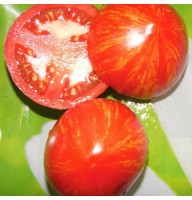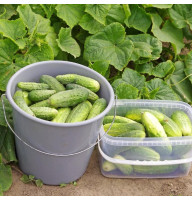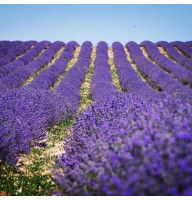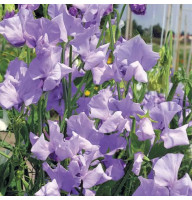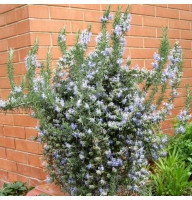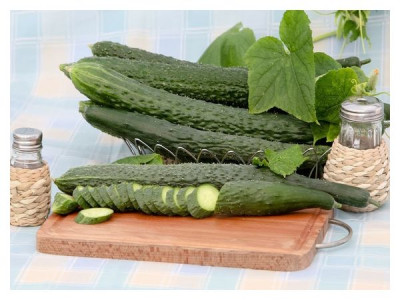Many gardeners like lavender, but not everyone decides to grow it. We’ll tell you how you can propagate the plant yourself so that lavender bushes will bloom on your site. Let's talk about propagating lavender by cuttings and seeds. Decide for yourself which of these methods suits you best.
How to grow lavender from cuttings
What is a lavender cutting? This is a piece of the top of the stem that is planted in the soil to root. Essentially, baby lavenders that grow from cuttings are clones of the mother plant and will look exactly like their parent. Many plants can be propagated in this way. It is considered the cheapest and most effective.
All the bright green «tufts» on the lavender branches are this year’s shoots. Such branches can be cut into cuttings to obtain new plant specimens. In early spring, some young shoots may still be short, but it is permissible to grow lavender from last year's shoots if new leaves have begun to appear on them. Don't worry, such specimens also grow roots quite well.
Step 1: cut the cuttings
Cut a small branch about 6 cm long from the lavender. The cut should be just below the leaf node - the point from which the leaf grows. It is best to carry out the procedure with a sharp knife. Scissors are not suitable for this, because they «pinch» the ducts of the stems, after which the cuttings take root poorly.
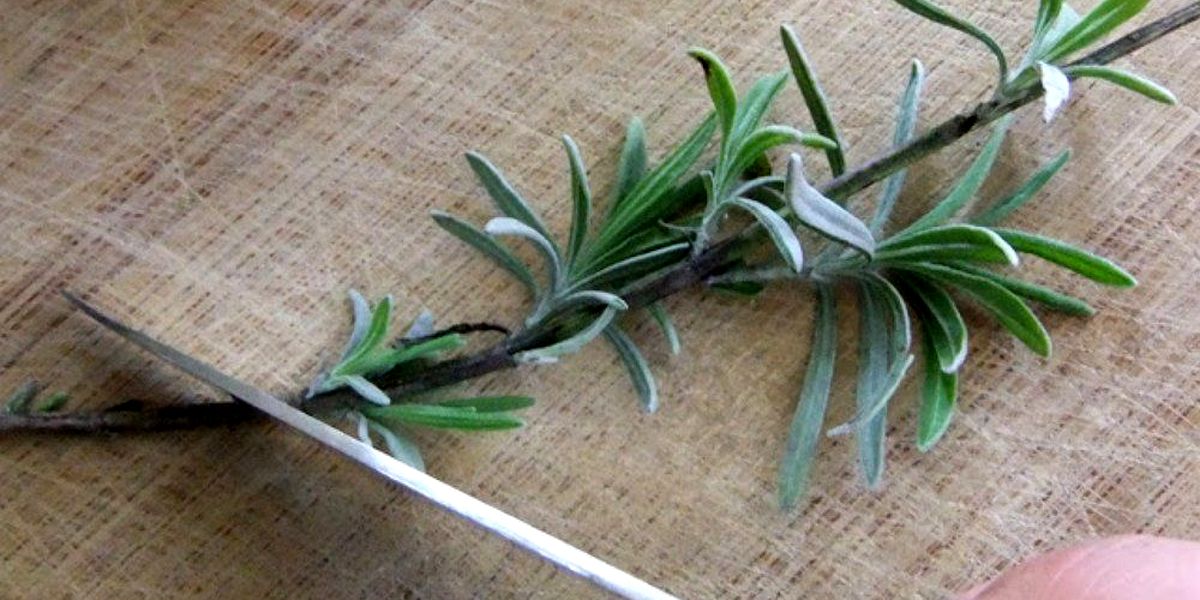
Step 2: remove leaves
Using the same knife that was used to cut the cuttings, we remove all the leaves from the stem, except those collected in the upper «bundle». These leaves are needed to nourish the cutting. But if there is too much greenery, the plant will spend all its energy on it, and not on growing roots.
Step 3: plant cuttings
Before planting, it is recommended to dip lavender cuttings in a root formation stimulator, and then plant them in pots, deepening them to the very top leaves. The substrate is best composed of universal soil (or compost) and perlite, taken in equal quantities.
Cut lavender branches should be planted in the soil in the same position as they grew. You should not turn the cuttings over, otherwise they will not take root.
Small ceramic pots are suitable as containers - unlike plastic, which very poorly allows air and moisture to pass through, clay does not interfere with the «breathing» of plants. And good air and moisture exchange is one of the main conditions for the successful rooting of lavender cuttings. In addition, in such an environment the likelihood of fungal diseases occurring is reduced.
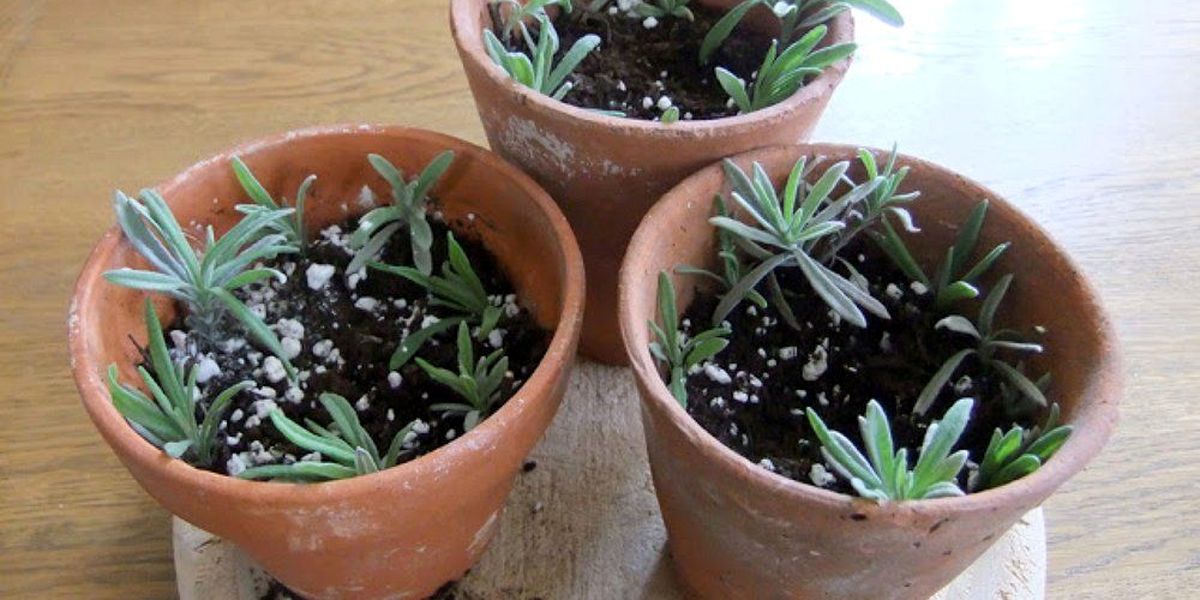
Step 4: wait for rooting
After planting, lavender cuttings need to be watered. This should be done very carefully: water the lavender little by little as the soil dries out. Next, the pots need to be covered with bags and placed in a warm place (for example, in a greenhouse or winter garden). The bags will help keep the lavender cuttings warm and high in humidity.
Lavender takes root within 4-6 weeks. After this, the plants can be planted in individual pots. But first, it is important to make sure that the plants actually have roots. Even if the lavender has started to grow, still wait until roots form.
Step 5: Place in separate containers
Typically, when lavender cuttings are ready to be transplanted, the roots will emerge from the drainage holes. This is a signal to start action.
Now the young plants can be planted in separate pots. Try not to choose containers «for growth», because the roots of young lavender will not be able to absorb a large volume of soil and will grow weak and spindly. And plants with a weakened root system are more likely to get sick or have poor adaptation when transplanted.
To remove plants from containers, the pots must be turned over, holding the top with the palm of your hand, and gently tapped on the bottom of the container. Lavender seedlings along with a lump of earth should be in your hands. It is advisable not to help yourself with sharp objects, inserting them into the drainage hole to «push» the contents - this can injure the roots of the lavender.
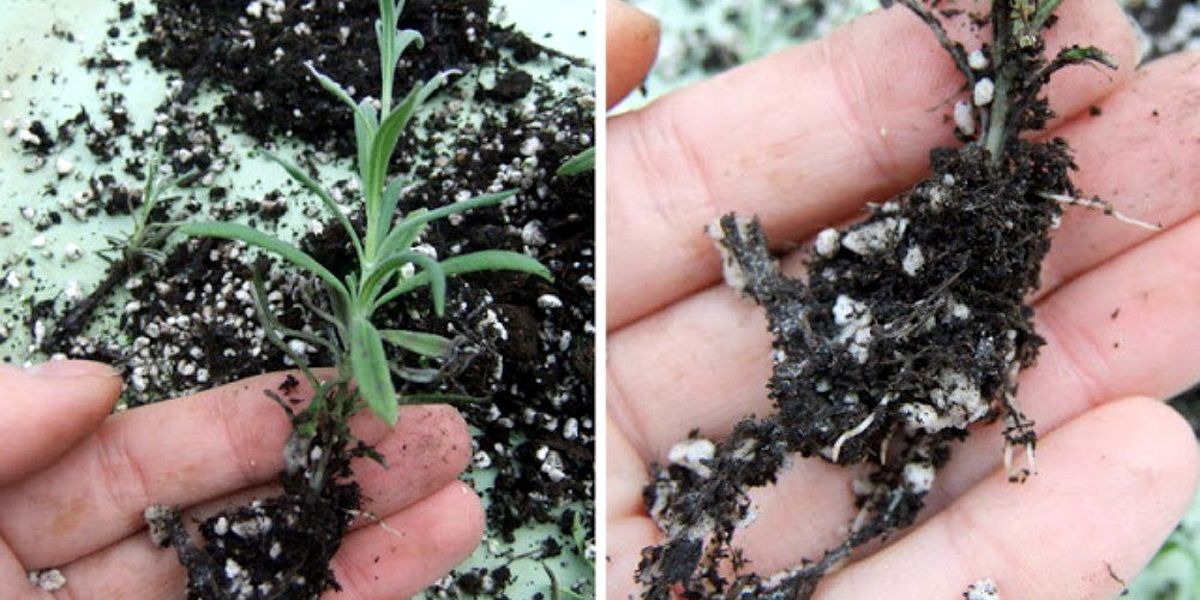
Young plants can be planted in a universal substrate, to which it is still advisable to add a little vermiculite. Seedlings transplanted into separate containers no longer need to be kept in a greenhouse. A cooler place will do. Bags are also not needed: the plants should harden a little and get stronger.
When the roots of the seedlings have mastered all the soil in their pots, the plants will need to be transplanted into larger containers. When the lavender grows a little more, it can be planted in open ground.
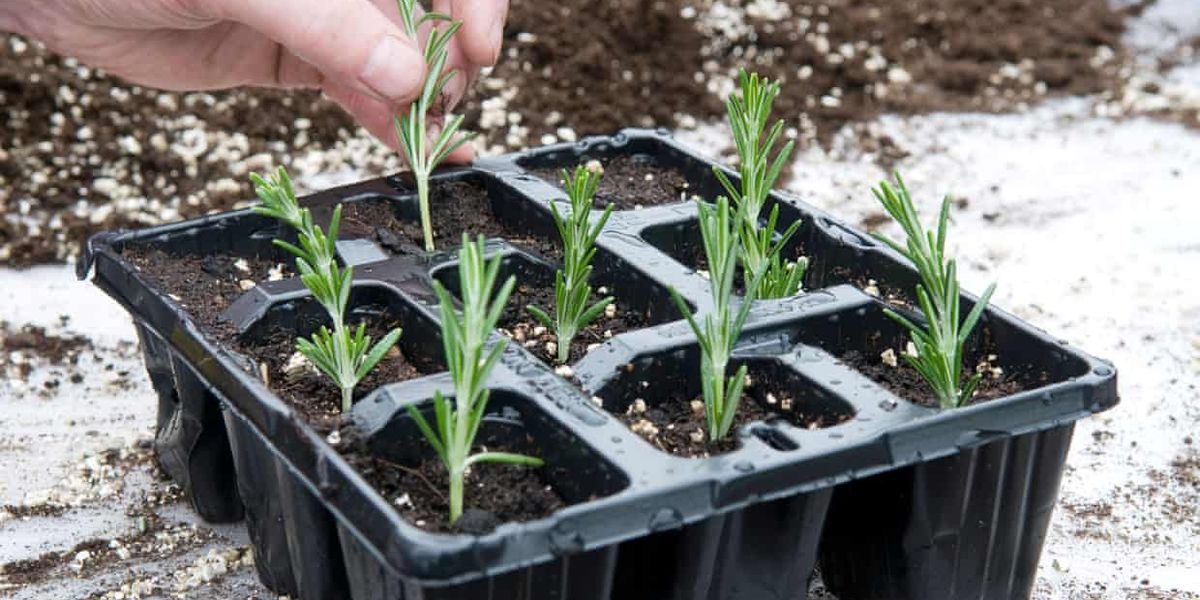
Step 6: plant lavender in open ground
When young lavender seedlings reach a height of 8-10 cm, they can be planted in an outdoor flower garden. Lavender likes slightly alkaline (6.5 to 8 pH) and well-drained soil.
Growing lavender from seeds
Of course, growing lavender from seeds takes much more time than from cuttings, but this activity is very exciting.
Step 1: select seeds
If you prepare seeds yourself, you can get an unpredictable result in the end. There is absolutely no guarantee that you will grow the same plant as the mother plant. Therefore, it is better to buy seeds in a specialized store. Then you are more likely to grow exactly the plants that will be indicated on the package.
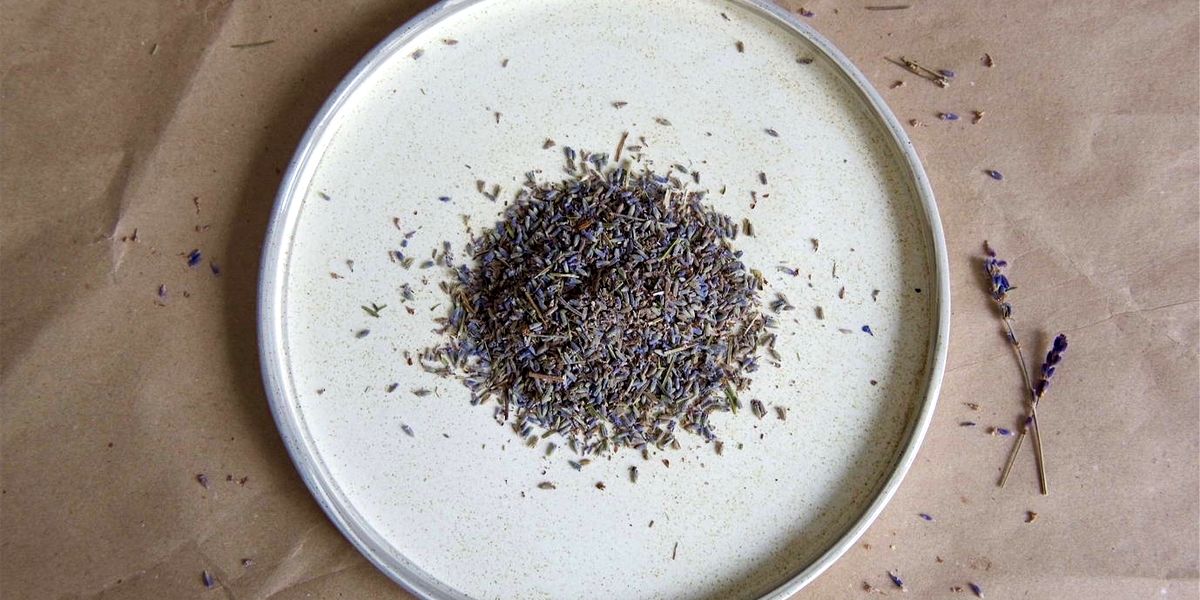
Step 2: carry out stratification
Before sowing lavender, the seeds must be stratified. This means keeping them at a low temperature for a while. To do this, the seed is mixed with a small amount of sand, the container is covered with a bag and placed in the refrigerator for about 1.5-2 months. In the future, such treatment will help the seeds germinate faster.
Step 3: Sow Lavender Seeds
Sow seeds in containers at the end of winter. You can prepare the sowing mixture yourself by taking 3 parts of garden soil, 2 parts of humus and 1 part of river sand. Seedling containers must have a good drainage layer. Sow the seeds directly on the surface of the substrate, only lightly sprinkling with sand. They can be sown directly in the mixture in which they are stratified as the seeds are very small.
Next, the soil with crops should be moistened with warm water from a spray bottle, covered with a bag and placed in a room with a temperature of 15-22°C. Lavender seeds should germinate in light. This is what young shoots look like.
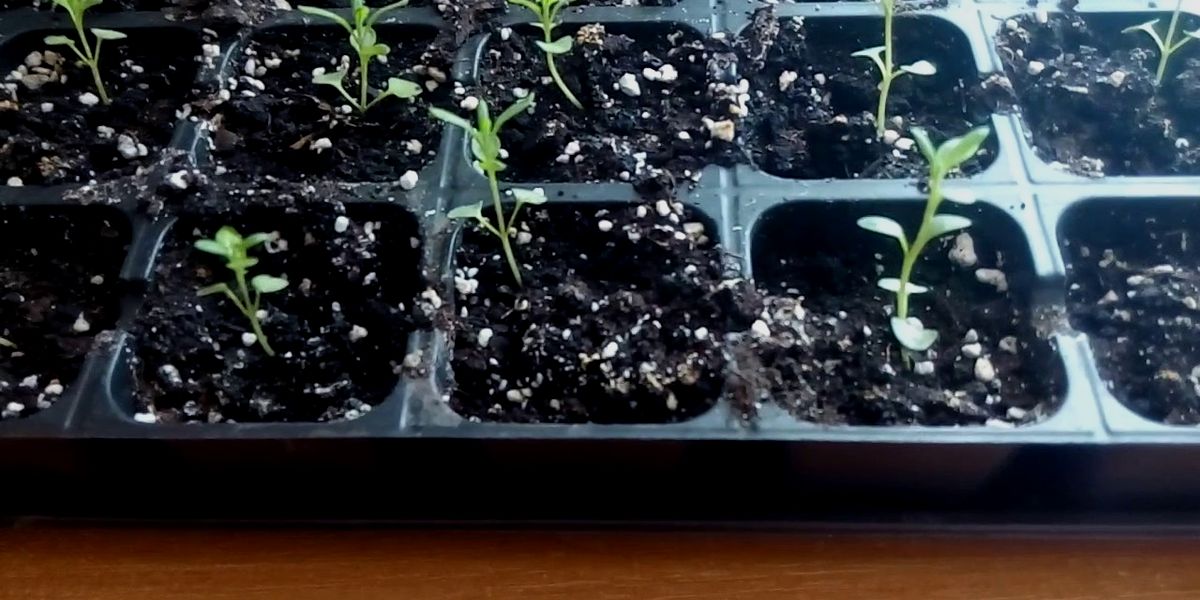
Step 4: replant and wait for flowering
The procedure for transplanting young plants from a common container into larger ones is carried out in the same way as for cuttings. But you won’t have to wait for flowering from lavender grown from seeds in the first year. During this time, the seedlings will only increase their green mass and root system. And only in a year or two will the gardener be pleased with the long-awaited elegant inflorescences.
To grow lavender in any way, you need to have patience and love for your work. Only then will you be able to ensure that this capricious and delicate flower of Provence grows and blooms safely on your property or in your apartment.

